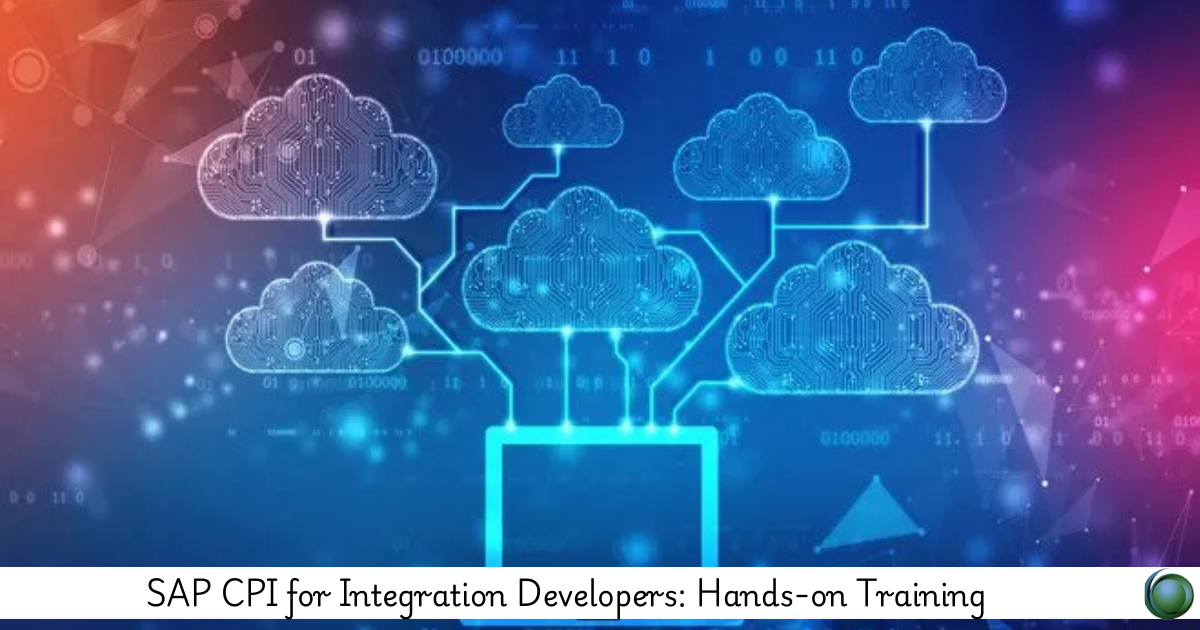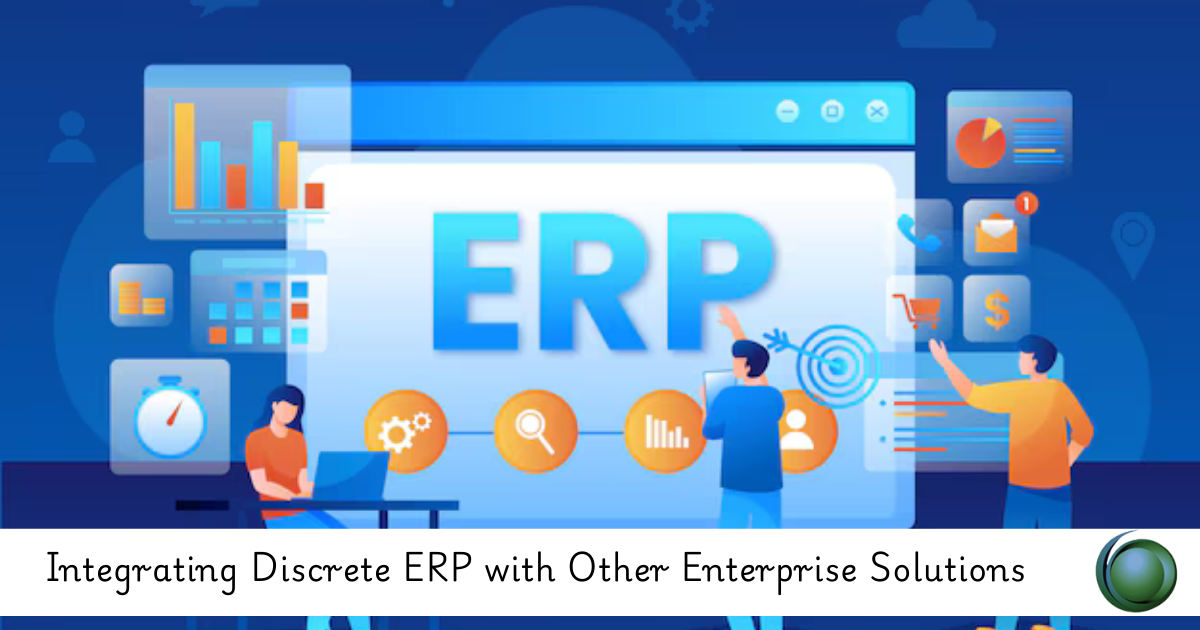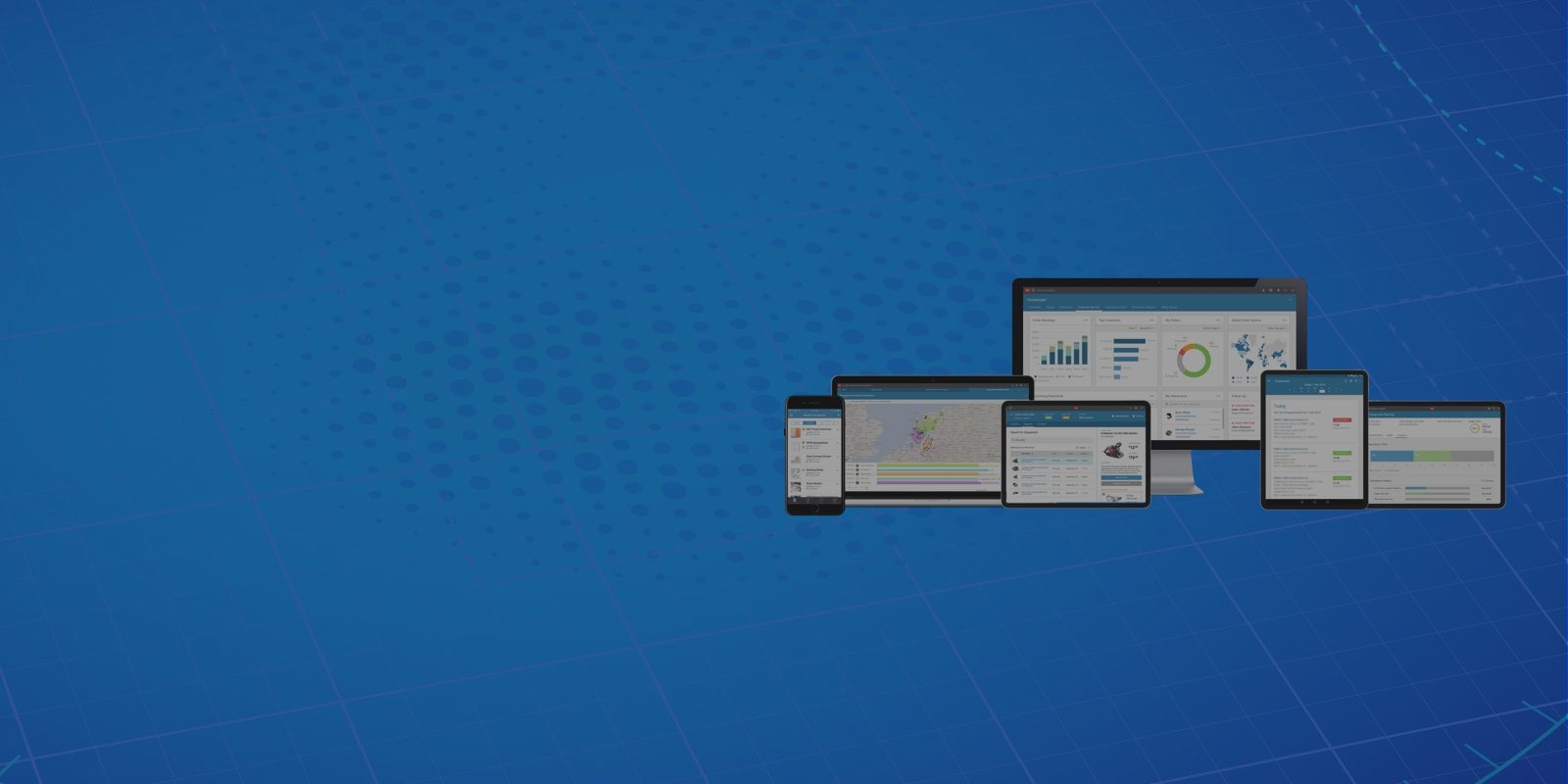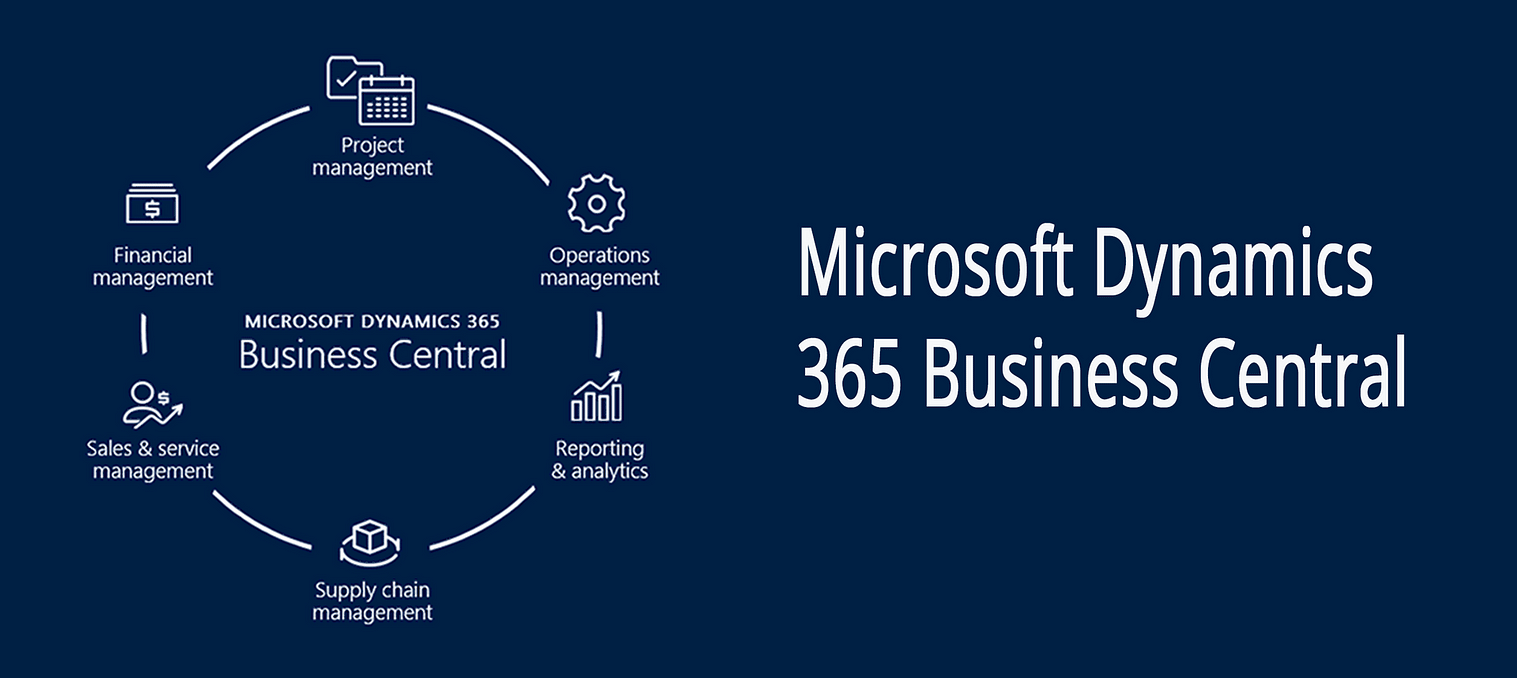Description
Introduction
SAP Cloud Platform Integration (SAP CPI) is a powerful middleware solution that enables seamless connectivity between SAP and non-SAP applications across cloud and on-premise environments. For integration developers, hands-on experience is crucial to mastering the capabilities of SAP CPI, from designing integration flows to managing real-time data exchanges and troubleshooting errors.
This course provides an in-depth, practical approach to SAP CPI, allowing participants to build and deploy integrations using pre-built adapters, custom scripting, API management, and advanced monitoring tools. Through hands-on labs and real-world scenarios, developers will gain the expertise needed to implement robust and scalable integration solutions.
Prerequisites
-
Basic understanding of enterprise integration concepts.
-
Familiarity with SAP ecosystem, including SAP S/4HANA or SAP ECC.
-
Knowledge of XML, JSON, REST, and SOAP web services.
-
Experience with Groovy scripting (preferred but not mandatory).
Table of Contents
1. Introduction to SAP CPI for Developers
1.1 Overview of SAP Integration Suite and CPI
1.2 Key Features and Capabilities for Developers
1.3 Understanding SAP CPI Architecture and Components
2. Setting Up SAP CPI Development Environment
2.1 Accessing SAP Business Technology Platform (BTP)
2.2 Configuring the SAP CPI Tenant and Security Settings
2.3 Navigating the SAP CPI Web UI and Development Tools
3. Developing Integration Flows (iFlows) in SAP CPI
3.1 Introduction to iFlow Components and Design Patterns
3.2 Creating and Deploying Basic Integration Flows
3.3 Using Message Mapping and Data Transformation Techniques
4. Connecting SAP and Non-SAP Systems
4.1 Using Prebuilt Adapters (SFTP, IDoc, OData, SOAP, REST)
4.2 Working with JDBC and RFC Adapters for On-Premise Integration
4.3 Configuring Cloud Connector for Hybrid Integrations
5. Advanced Data Transformation and Message Processing
5.1 Working with XML, JSON, and XSLT in SAP CPI
5.2 Implementing Message Mapping and Content Modifiers
5.3 Custom Scripting with Groovy for Dynamic Data Processing
6. API Management and SAP CPI Integration
6.1 Creating and Managing APIs with SAP API Management
6.2 Exposing Integration Flows as APIs
6.3 Securing APIs with OAuth, SAML, and JWT
7. Error Handling, Logging, and Monitoring
7.1 Implementing Exception Handling in iFlows
7.2 Configuring Alerts and Notifications for Integration Failures
7.3 Using SAP Cloud ALM and CPI Monitor for Troubleshooting
8. Performance Optimization and Best Practices
8.1 Optimizing Integration Flows for High-Volume Data Processing
8.2 Implementing Caching and Load Balancing Strategies
8.3 Best Practices for Secure and Scalable CPI Deployments
9. Real-World Use Cases and Hands-on Exercises
9.1 End-to-End Integration Scenarios with SAP S/4HANA
9.2 Connecting Third-Party Applications to SAP CPI
9.3 Automating Business Processes with SAP CPI
10. Future of SAP CPI and Emerging Trends
10.1 AI and Machine Learning in SAP Integration
10.2 Low-Code/No-Code Development for Integrations
10.3 SAP’s Roadmap for Integration Suite and CPI
This hands-on training empowers developers with the skills to build, manage, and optimize integrations using SAP CPI. By working through real-world scenarios, participants will gain practical experience in designing scalable, secure, and efficient integration flows, making them proficient in modern enterprise integration strategies.







Reviews
There are no reviews yet.